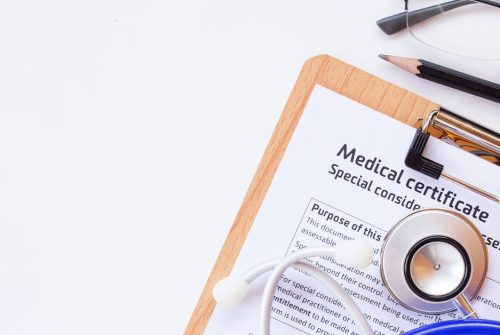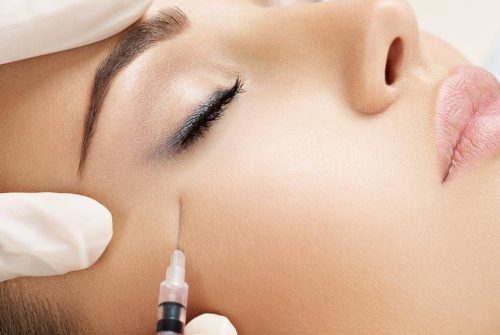It is a chronic mental illness that affects the mechanisms that regulate mood. It manifests in the form of recurrent episodes ranging from mania or hypomania (joy or euphoria) to depression (sadness, inhibition and, in some cases, ideas of death). These mood variations significantly influence the affected person’s social, family, academic or work aspects.
Prevalence
It is a very common disease. Including the less severe forms, about 4% of the world’s population suffers from bipolar disorder.
It tends to appear in adolescence or early adulthood (between 18 and 25).
Causes
The exact cause of the bipolar disorder is unknown, although it occurs more frequently in people who have relatives with this illness. However, everything indicates that this disease has a genetic and biological origin. In this sense, research shows differences in the brain connections of young people with a higher genetic risk of suffering from the disorder.
The limbic system, which is the set of areas of the brain responsible for regulating emotions (among other functions), works incorrectly in people with bipolar disorder. For this reason, their state of mind undergoes sudden alterations without necessarily being a personal, work, family or social reason that justifies it.
Certain neurotransmitters -chemical substances whose main function is transmitting information between neurons- such as dopamine, serotonin and acetylcholine, play a crucial role. In manic phases (of euphoria), there is an increase in dopamine levels, and in depressive phases, a decrease in serotonin.
Symptoms
The symptom pattern is not the same in all people with bipolar disorder. When the symptoms occur together, it is called a mixed state; if, on the other hand, the symptoms occur immediately, one after the other, it is called rapid cycling.
the manic phase
The manic phase can last from days to months and may include the following symptoms:
- Increased energy, thoughts and rapid speech.
- Denial that there is a problem.
- Easy distraction.
- Little need for sleep.
- Drug abuse, such as cocaine and alcohol.
- High sexual compulsion.
- Poor behavioural control.
- Excessively euphoric feelings.
The depressive phase
The state of depression contains the consequent symptoms:
- Sadness or being depressed daily.
- Trouble concentrating, remembering, or making decisions.
- Weight loss or, on the contrary, weight gain due to high food consumption.
- Fatigue.
- Low self-esteem.
- Withdrawing from friends or activities you used to enjoy.
- Difficulty falling asleep or sleeping too much.
- Thoughts of death or suicide.
- Guilty feelings.
- Feelings of hopelessness or pessimism.
Prevention
Bipolar disorder cannot be prevented. However, making lifestyle changes will help control behaviour cycles. Avoiding drugs and alcohol, surrounding yourself with positive people, exercising regularly, and getting enough sleep are all crucial to prevent symptoms from worsening.
Psychiatrists stress that the best way to prevent relapse is to take medication. Almost half of the people with bipolar disorder do not take the drugs prescribed by their doctor correctly, which facilitates the appearance of new episodes and a progressive worsening of the course of the disease.
Types
There are three main subtypes of bipolar disorder: type I, type II, and cyclothymia.
- In type I bipolar disorder, the affected person may present episodes of mania (euphoria), hypomania (high emotional state but less extreme than mania) and depression.
- Bipolar II disorder is diagnosed when the patient suffers only from hypomania and depression.
- Cyclothymia is characterized by slight variations in mood, although sufficient to reduce the quality of life and functionality of the person who has it.
Some specifiers allow a better definition of the episodes and the course of the disease; These include the “with mixed symptoms” specifier and the “with rapid cycling” course specifier.
Diagnosis
The diagnosis of bipolar disorder is today exclusively clinical, and the interview with the psychiatrist remains the only method available.
In the future, neuroimaging techniques are expected to help refine the diagnosis. e.g., it has been proven that patients with bipolar disorder, especially in the acute phases of the disease, have abnormally low or high levels of certain neurotransmitters and that there are alterations in neuroimaging and that the response to certain biochemical tests is different from that of people who do not have any type of mental disorder.
“The first symptoms appear between 15 and 25 years of age and attention must be paid to the appearance of affective symptoms, both of the depressive pole and the manic pole, which can occur separately or in combination. Early detection of these disorders is essential to offer effective treatment and thus avoid future complications”.
Treatments
Pharmacological treatment and psychological therapy are the two therapeutic pillars for bipolar disorder, but there are also other modalities.
Pharmacotherapy
Medications are available that help both to stop the phases of euphoria and overcome the phase of depression. In addition, some substances reduce the frequency and intensity of relapses. For example, mood stabilizers (such as lithium), antipsychotics, antidepressants, and anxiety medications are used primarily.
Psychological treatment
It allows one to face with integrity the difficulties that the disease entails, to learn to recognize the initial symptoms of a possible decompensation and to know oneself better. Various studies point to the efficacy of cognitive-behavioural therapy and psychoeducation of the patient and family in dealing with bipolar disorders. Still, there is no evidence that other approaches, such as psychoanalysis, are effective.
Electroconvulsive therapy
Electroconvulsive therapy (or electroshock ) is a safe and effective technique to treat the most severe cases or those that do not respond to conventional treatment.
Healthy habits
Healthy lifestyle habits are essential to keep the symptoms of bipolar disorder at bay. The fundamental measures are summarized in the following:
- Avoid, whenever possible, stressful situations or learn strategies to deal with them.
- Take care of the food.
- Good sleep habits.
- Do physical exercise regularly.
The prognosis is generally good in those who correctly adhere to the treatment prescribed by the psychiatrist. Still, if they do not comply, it is almost always very negative, with constant relapses and serious family, work and social consequences.






